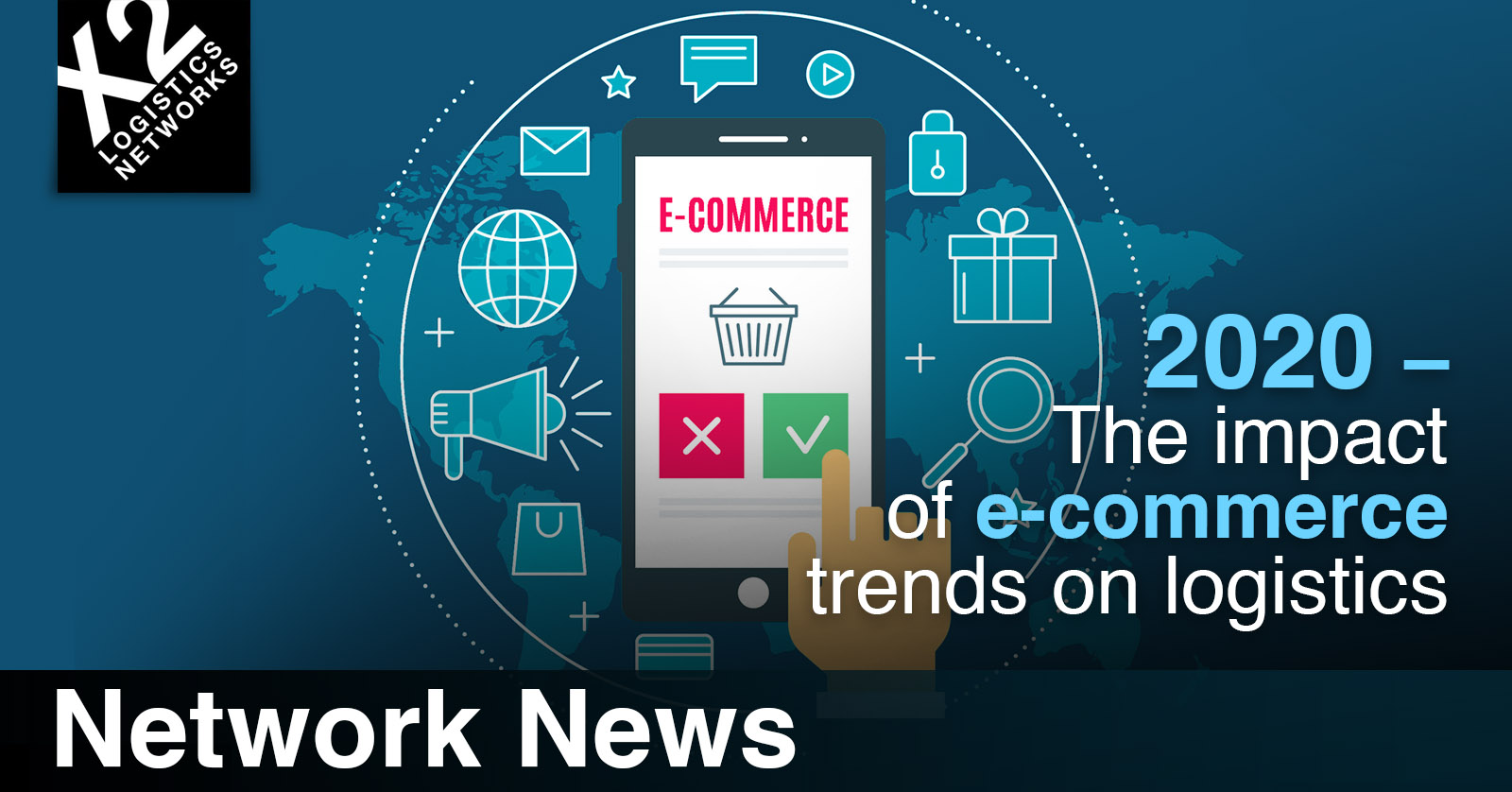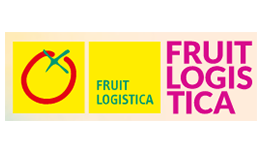2020 – The impact of E-commerce trends on Logistics


The eCommerce landscape is fast-changing, creating new challenges and opportunities for retailers every single day. According to Forbes, the eCommerce market could grow to become worth $6.7 trillion by 2020. The big players in eCommerce across verticals are many; each is chasing the goal of being number 1 in their niche. These players have driven the growth of the eCommerce industry and are now battling hard against each other to claim its invaluable rewards. As time passes, more innovators will enter this space and kickstart trends that affect the logistics and functioning of this industry. Here’s a write up about the impact of eCommerce trends on logistics in 2020.
RISE OF THE SAME-DAY-DELIVERY CONSUMERS
Apart from cost, today’s consumers also care deeply about another factor that affects eCommerce sales – delivery time. The rise in competition among retailers in the same space has caused the genesis of the same-day-delivery promise. According to Business Insider research, the value of the same-day-delivery market at the end of the last year was estimated to be between $3 and $4 billion. These sales represent a massive segment of audience members who are willing to pay extra for quicker deliveries.
Some segments of the audience, in this case, millennials, can create and fuel an entire eCommerce trend. Millennials want their orders delivered fast; primarily ordering for instant gratification. Products such as food and luxury goods (mobile devices and other electronics) are popularly being sold for same-day-delivery. On the supplier’s side, Amazon, Google, Uber, and other such giants are working hard to provide same-day-delivery while trying to make it cost effective.
GREATER ADOPTION OF DIGITAL TECHNOLOGY AND AUTOMATION FOR EASE
According to Stanford’s 100-year study of artificial intelligence, Ai technologies will disrupt and take over logistics, transforming what we are familiar with today. We’re already seeing small signs of AI boosting the performance of emails in eCommerce. eCommerce giants are also using big data and AI to collect customer preferences and suggest items accordingly. This technology is also being used to optimize post-sales activity by setting up post-sales feedback loops.
AI and automation are also making an appearance in exchanges between various points of contact in the supply chain. From dispatch to delivery, and the returns process, there are several places where tracking and recording of data must happen in an eCommerce delivery chain. AI and automation make these processes more accurate, quick, and effortless.
Chatbots are also beginning to appear everywhere in the eCommerce experience. As time passes, bots become more intelligent, managing conversations more efficiently than humans could. eCommerce platforms are using data collected by these chatbots to understand user preferences and serve them better and faster.
Automation is also making an appearance to make checking-out easy. With pre-filled forms and securely saved data, logistics become more frictionless. AI is also being used for routing optimization, based on the data of delivery addresses and distances to be covered by delivery drivers. Mobile logistics solutions are using technologies such as geofencing and AI to make the delivery and returns experience seamless and cost-effective, for customers and retailers.
Pioneers in the transport industry such as Mercedes Benz are working on and testing driverless freights to cut costs, improve accuracy and safety, while also improving customer experience.
Augmented reality may also come into existence to improve customer browsing and the shopping experience. What was once promised by Google glass may become a reality, fulfilling the desires of executives in the eCommerce industry. Ikea and Amazon are already working in the AR space to make product browsing and testing a better experience for customers. A better browsing experience could tremendously influence logistics. Products tried well are less likely to be returned.
Finally, mobile wallets such as Google Pay are making it easy for customers to make purchases through mobile devices. In 2020, most checkouts could happen exclusively through mobile devices.
The eCommerce landscape is forever changing, causing new trends to rise and fall each year. This post describes how eCommerce trends could affect logistics in 2020. As an operations manager, you can be better prepared for these trends by catching them in advance.
Member Testimonials
Our Partners
X2 Conference
Our special networking event is about smart freight forwarders coming together to grow and develop business within the group by providing an opportunity for all members to gather in one place to form and extend personal relationships.
- 1
- 2
- 3
- 4
- 5
- 6
- 7
- 8
- 9
- 10
- 11
- 12

NEW YORK
- 1
- 2
- 3
- 4
- 5
- 6
- 7
- 8
- 9
- 10
- 11
- 12

sao paulo
- 1
- 2
- 3
- 4
- 5
- 6
- 7
- 8
- 9
- 10
- 11
- 12

london
- 1
- 2
- 3
- 4
- 5
- 6
- 7
- 8
- 9
- 10
- 11
- 12

dubai
- 1
- 2
- 3
- 4
- 5
- 6
- 7
- 8
- 9
- 10
- 11
- 12

bangkok
- 1
- 2
- 3
- 4
- 5
- 6
- 7
- 8
- 9
- 10
- 11
- 12

hong kong
- 1
- 2
- 3
- 4
- 5
- 6
- 7
- 8
- 9
- 10
- 11
- 12

tokyo
- 1
- 2
- 3
- 4
- 5
- 6
- 7
- 8
- 9
- 10
- 11
- 12

sydney
Book a Discovery Call with our Network Development Managers
Got questions or want to explore new opportunities within our networks? Schedule a one on one meeting with our Network Development Managers.


























.jpg)








































